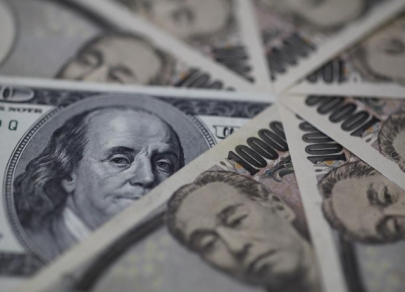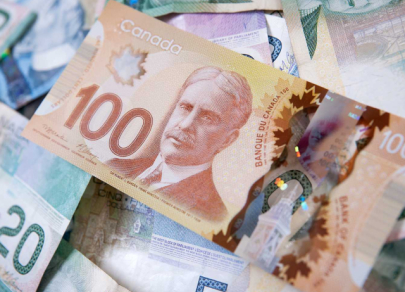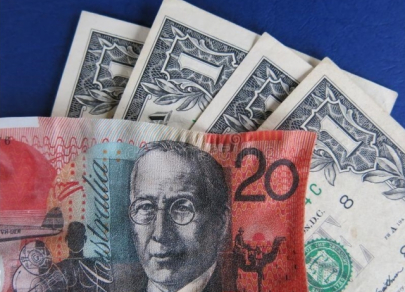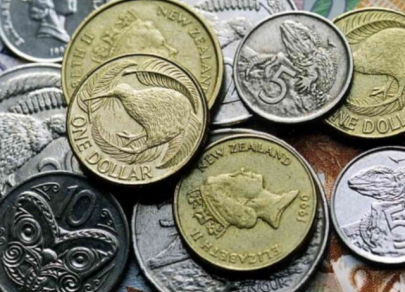FX.co ★ 8 major central banks
8 major central banks
US Federal Reserve System
The Federal Reserve System, the central bank of the United States, is a leader among the world’s regulators. Its unconditional influence comes from the US dollar, which is used in as much as 90% of all global foreign exchange transactions. Owing to a well-considered monetary policy, financial stability, payment system security, and legal safety, the US central bank runs the national economy efficiently. The Federal Reserve System consists of the Board of Governors, a governing body that reports to and is directly accountable to Congress, and 12 Federal Reserve Banks. The members of the Board of Governors are nominated by the president and confirmed in their positions by the US Senate. Each governor is a member of the Federal Open Market Committee (FOMC), which meets 8 times a year to discuss economic conditions and the state of the financial system.

European Central Bank (ECB)
The European Central Bank was established in 1999. Its Governing Council is responsible for the monetary policy of the eurozone. It consists of the six members of the Executive Board and the governors of the national central banks of the 19 euro area countries. The ECB is believed to be more conservative when it comes to hiking interest rates than the US Federal Reserve. The regulator focuses on maintaining price stability and sustainable economic growth. It also strives to keep the inflation rate at around 2%. The European economy relies on exports. Therefore, the European Central Bank does not need to excessively strengthen its currency. A very strong euro poses a serious risk to exports. Anyway, the currency has sunk deeply lately and is likely to remain uncompetitive for a long time. Annually, the ECB holds 11 meetings to discuss important monetary policy issues.

Bank of England (BoE)
Established in 1964, the Bank of England is considered one of the most efficient financial institutions in the world. The regulator is responsible for the stability of monetary policy and the financial system. The central bank is now focusing on bringing inflation to the 2% target although this goal has so far been unachievable. The regulator also ensures the stability of the country's financial institutions and the reliability of the national currency (GBP). The BoE's Monetary Policy Committee (MPC) consists of nine representatives: the governor, three deputies, the chief economist, and four independent experts. The MPC meets 8 times a year to talk about policy-related issues.

Банк Японии (BOJ)
This Asian Bank has a rich history that began in 1882. From day one, the regulator focuses on maintaining price stability in the country and the efficient functioning of its financial system. Like most financial institutions, the Bank of Japan sees record inflation as its primary concern. The Japanese economy is highly dependent on exports, so the regulator is not interested in a stronger yen. The bank’s Policy Board comprises the governor, two deputy governors, and six members of the Policy Board. The BoJ’s meetings are held 8 times a year. Occasionally, the central bank artificially weakens the national currency, selling it for dollars and euros. Earlier, the bank’s representatives expressed their concern about the yen’s excessive volatility.

Swiss National Bank (SNB)
This financial institution acts as an independent central bank. The Swiss National Bank regulates monetary policy, maintains price stability, and controls economic conditions in the country. The Swiss economy is currently heavily reliant on exports. Therefore, the regulator is interested in a weaker national currency (SHF). The central bank is rather conservative when it comes to hiking rates. The Governing Board consists of three members, who are responsible for monetary policy. Unlike other central banks, the SNB establishes the interest rate range, not the target level. The Governing Board meets every quarter to consider the current state of the Swiss economy.

Bank of Canada (BOC)
The Bank of Canada is responsible for the stability of the economic and financial systems in the country. This becomes possible thanks to well-considered monetary policy and competent public debt management. The central bank’s inflation-control target range stands between 1% and 3%. Since 1998, the regulator has tried to keep inflation at the 2% midpoint. Still, soaring inflation is a rising concern among the bank’s management. Monetary policy decisions are made by a consensus vote of the Governing Council of the Bank of Canada, comprising the governor, the senior deputy governor, and four deputy governors. There is also an Executive Committee of the Board consisting of the governor and several directors. The governor is responsible for the Bank of Canada’s policy-making, which meets 8 times a year.

Reserve Bank of Australia (RBA)
The Reserve Bank of Australia (RBA) was established in 1959. The regulator’s commitments – ensuring the stability of the national currency, controlling the labor market, and monitoring the economic situation in the county – are written in Australia's Law. The RBA’s monetary policy committee comprises the governor, the deputy governor, the secretary to the Treasury, and six non-executive members, who are appointed by the federal government. The central bank’s inflation-control target range stands between 2% and 3% although soaring inflation is making its adjustments. Right now, the regulator is focusing on bringing inflation to the target level. The committee holds meetings 11 times a year to discuss the current financial situation in the country.

Reserve Bank of New Zealand (RBNZ)
The Reserve Bank of New Zealand is responsible for the state of the national economy, monetary policy, sustainable employment, and the stability of the financial system. In 2000, the RBNZ established its inflation-control target in the 1-3% range. Like most regulators, New Zealand’s central bank is now fighting galloping inflation and is planning to reach the target in the medium or long term. Unlike in other central banks, in the RBNZ, the governor is responsible for policy making. The bank has monetary policy meetings 8 times a year.






















